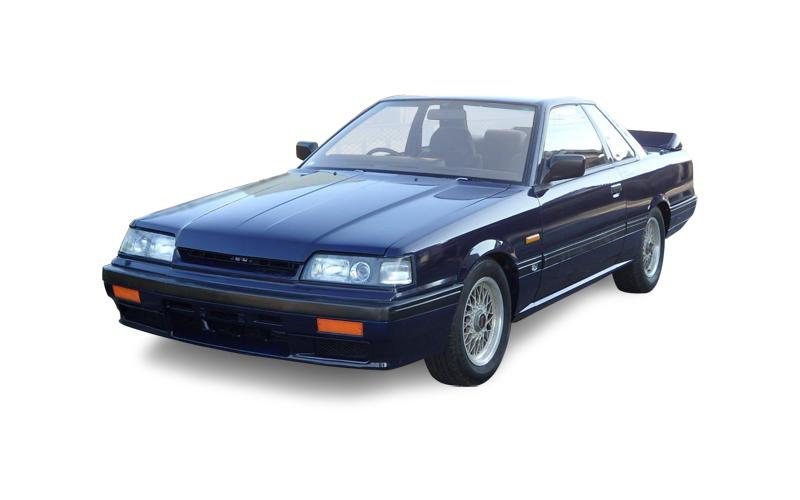Description
This identification guide has been written to assist people in determining the authenticity of a Nissan Skyline R31 GTS-R, as distinguished from others in the R31 series such as the GTS, GTS-X and GTS-Autech. Classic Register also keeps an informal register of GTS-Rs which can be viewed by clicking here.
The R31 GTS-R was a ‘Group A’ homologation ‘evolution’ car. In order to qualify for Group A racing in 1987, manufacturers were required to produce a minimum of 5,000 base model vehicles. For Nissan, the Skyline GTS and GTS-X represented that base model for the R31 series, and easily met the minimum production number requirements. However, when the ‘Group A’ rules changed for the 1987 year, several modifications needed to be made which were not reflected on the existing GTS models. For example, the rules no longer allowed for electronic wings, an item which was present on the GTS coupe. Instead of requiring manufacturers to produce an additional 5,000 units complying with the new rules, manufacturers need only produce a minimum of 500 ‘evolution’ models reflecting the new changes, and were then allowed to compete in the category. This is precisely the reason Nissan produced the GTS-R, and the car is said to have provided vital test data and preparation for the re-introduction of the GT-R nameplate on the R32 series. The GTS-R performed particularly well in the Japanese and Australian touring car championships, as well as having a number of significant achievements through Nissan Motorsport Europe.
The superior performance of the GTS-R, its low production numbers and thoroughbred racing link as a ‘Group A evolution’ car have made it the most desirable vehicle in the R31 Skyline range. As GTS-Rs generally bring higher prices than other R31 models, it is therefore important as a prospective purchaser or restorer, to know the relevant features which confirm a car’s authenticity. This guide provides a range of detailed information on the Skyline GTS-R’s original specifications and features, including its exterior features, interior features, mechanical features and of course the relevant chassis and model codes.
Number built:
800 units is commonly quoted as the production number. However, GTR-Registry.com has since undertaken research and confirmed that 823 were produced, including 4 prototypes. As a side note, the minimum requirement for Group A qualification at the time was 500 units.
Period of manufacture:
Official production commenced in August 1987, however, GTR-Registry.com has confirmed that the several prototypes were built earlier in 1987. Production ended in November 1987, prior to the GTS-R's ‘Group A’ race debut.
Please note, this guide has been written based on a variety of online sources and enthusiast input. You should not rely on this guide to make any purchasing decision and we make no representation that all information is accurate. You should always seek independent professional advice when looking to purchase a unique car. If you have additional information, photographs or corrections you believe need to be made to this page, please contact us by clicking the button at the top of this page, or comment below.
